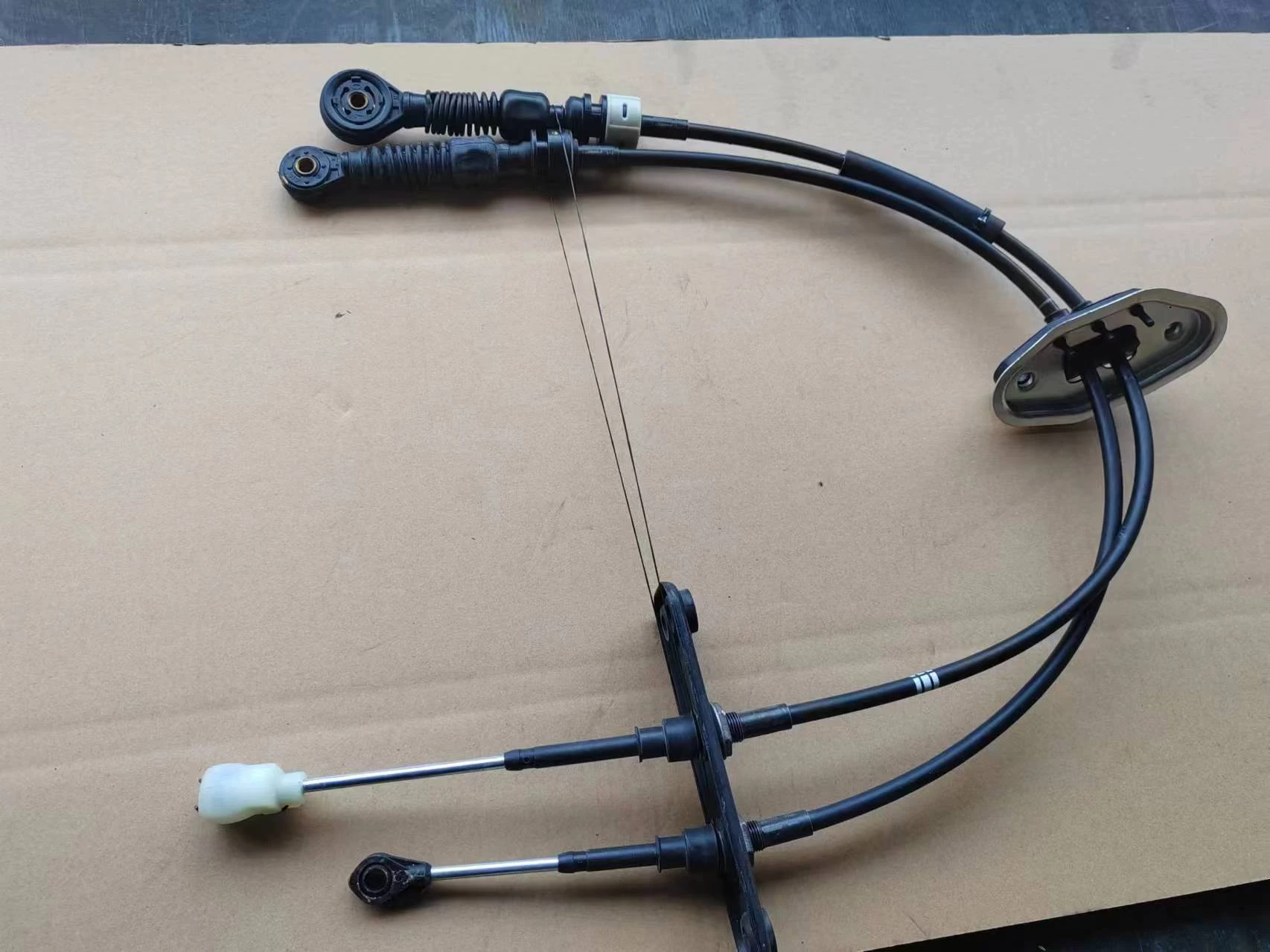Shifter Selector Cable - Enhance Your Vehicle's Performance
Understanding the Shifter Selector Cable
The shifter selector cable is an essential component in modern automobiles, playing a crucial role in the proper functioning of the vehicle's transmission system. Essentially, this cable connects the gear shifter inside the car to the transmission, translating the driver's input into mechanical movements that allow for gear changes. Understanding how this cable works, its components, and common issues can help car owners maintain their vehicles more effectively and ensure a smooth driving experience.
How It Works
When a driver wants to change gears, they push or pull the gear shifter. This action pulls or pushes the shifter selector cable, which, in turn, moves a lever on the transmission. The lever then engages different gears as dictated by the driver's intentions. The shifter selector cable operates with tension and mechanical force, making it vital for the seamless operation of the vehicle's transmission system.
Construction
Typically, a shifter selector cable consists of several key components the cable housing, the inner cable, and various connectors and brackets. The outer housing is usually made from a durable material designed to withstand temperature changes and vibration, while the inner cable is flexible yet strong, allowing for the necessary movements without breakage. Additionally, the connectors and brackets help secure the cable in place, preventing it from becoming loose or misaligned.
Common Issues
Like many mechanical components, shifter selector cables can experience wear and tear over time. Common issues include fraying of the cable, binding within the housing, or disconnection at one of the connectors. Symptoms of a failing shifter selector cable may include difficulty in shifting gears, incorrect gear selection, or unusual noises when attempting to change gears. If any of these issues are detected, it is essential to address them promptly to avoid more severe damage to the transmission system.
shifter selector cable

Maintenance Tips
Regular maintenance can extend the lifespan of the shifter selector cable. Here are a few tips for car owners
1. Routine Inspections Regularly check the cable for signs of wear, such as fraying or corrosion. Early detection can prevent more significant problems down the line.
2. Lubrication Ensure that the cable is adequately lubricated to reduce friction and wear. This can help smooth the shifting process and prolong the cable's life.
3. Professional Servicing If you notice issues or if the cable requires replacement, it's advisable to seek professional assistance. A qualified mechanic can ensure that the installation is done correctly, mitigating risks of future complications.
Conclusion
The shifter selector cable may be a small component in the grand scheme of an automobile's design, but its significance cannot be underestimated. Proper understanding and maintenance can lead to an efficient transmission system, providing a smoother and ultimately safer driving experience. By being vigilant about potential issues and caring for this crucial element of the vehicle, drivers can ensure that their cars remain in optimal condition for years to come.
-
Upgrade Your Vehicle with High-Quality Handbrake CablesNewsNov.01,2024
-
Optimize Your Bike's Performance with Quality CablesNewsNov.01,2024
-
Enhance Your Vehicle's Performance with Quality Clutch ComponentsNewsNov.01,2024
-
Elevate Your Vehicle's Performance with Quality Throttle CablesNewsNov.01,2024
-
Elevate Your Vehicle's Performance with Quality CablesNewsNov.01,2024
-
Affordable Solutions for Your Cable NeedsNewsNov.01,2024
